Wild Cucumber, a Hairy and Prickly Gherkin Cucumber
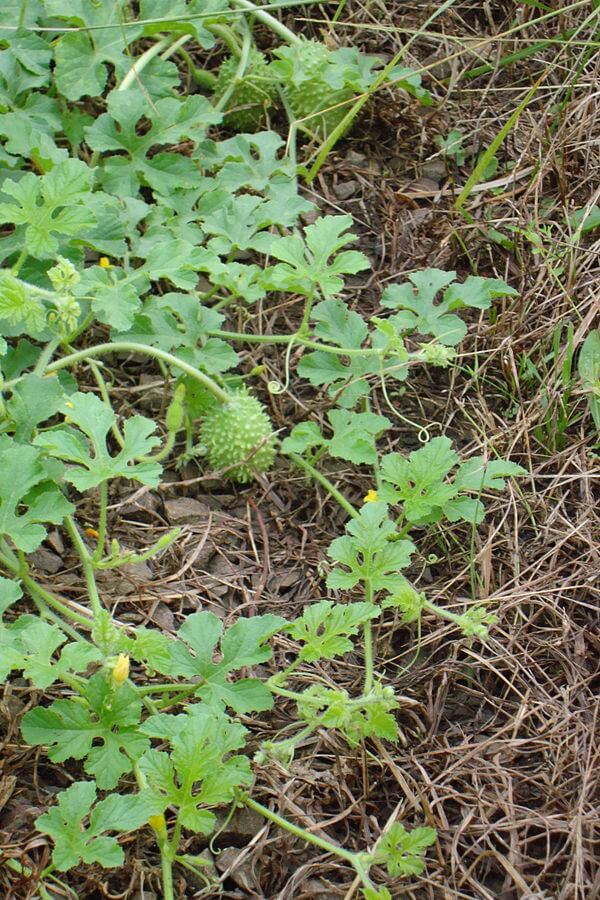
Wild cucumber (Cucumis anguria), or more commonly known as West Indian gherkin, is a vine that belongs to the cucumber family (Cucurbitaceae). This plant is native to Africa but it has naturalized all throughout the globe, including in America. Even though it’s not a garden cucumber (Cucumis sativus), this plant’s small and roundish fruits look […]
Juneberry, Tasty and Nutritious Native Fruits
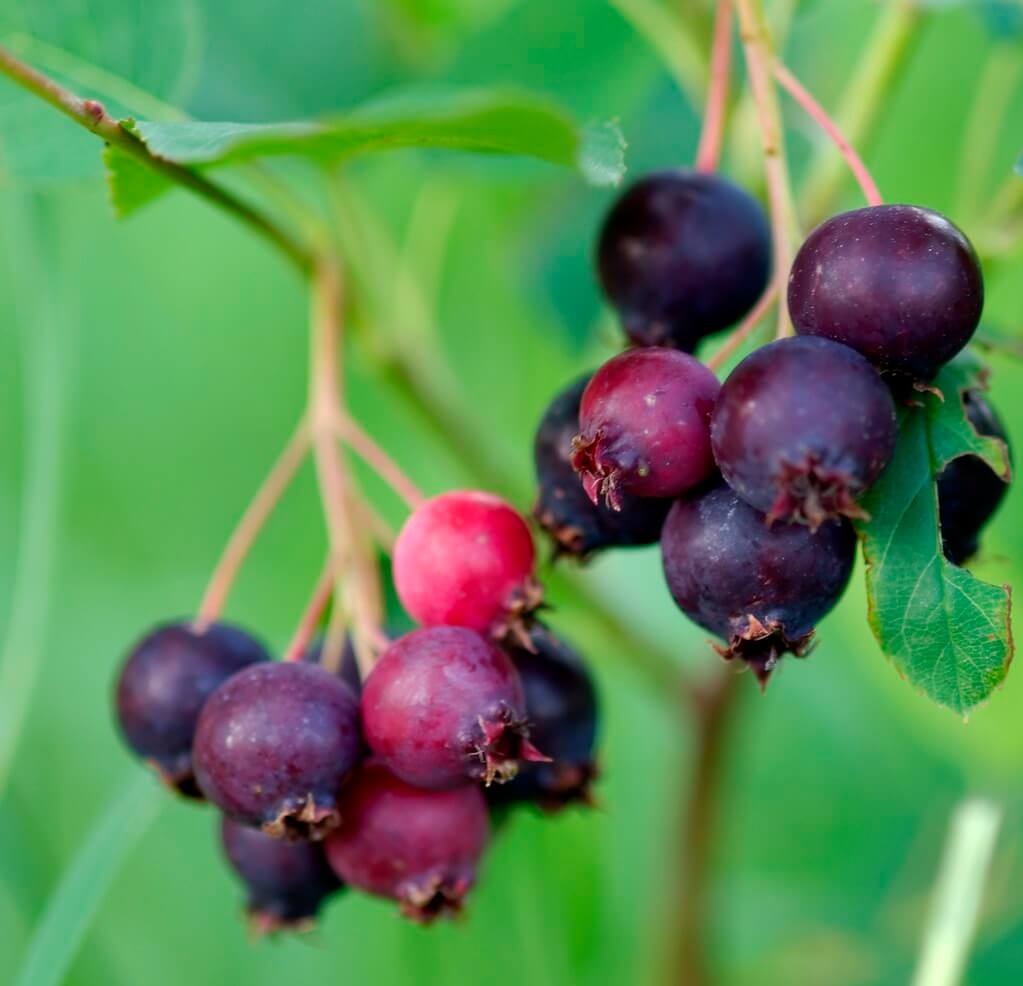
Juneberry (Amelanchier), also known as saskatoon, serviceberry, or wild-plum, is a genus comprised of more than 20 species of deciduous shrubs. It belongs in the Rosacea family, meaning that it’s related to roses. Most juneberry tree species are native to North America. In fact, almost every US state has a native juneberry tree species. These […]
5 Edible Survival Plants Everyone Should Know(Worldwide)

Modern society is built on the backs of tens of thousands of years of human beings surviving off of hunted and foraged food. Identifying and foraging for wild edibles is a skill that almost every human being still has the ability to cultivate. Most of us today don’t have years of experience honing our plant […]
Wild Blackberries and Raspberries, a Diverse Group of Delicious Edibles
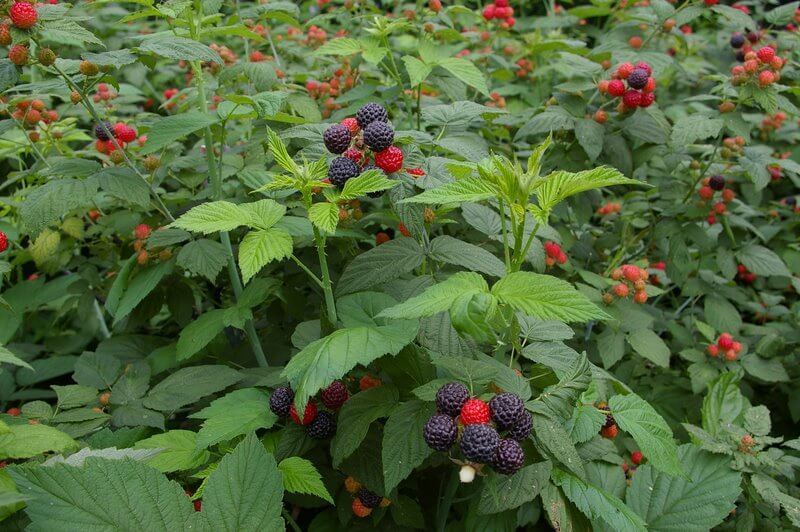
Do you know what Rubus is? It is a diverse genus of flowering plants in the Rosaceae family. Most Rubus plants are easily recognizable from their rough and prickly wood stems, much like the common thorny stems of rose plants. These stems are usually tangled, forming a bush called brambles. The fruits from a Rubus […]
Wild Sarsaparilla, a Native Source of Energy and Health
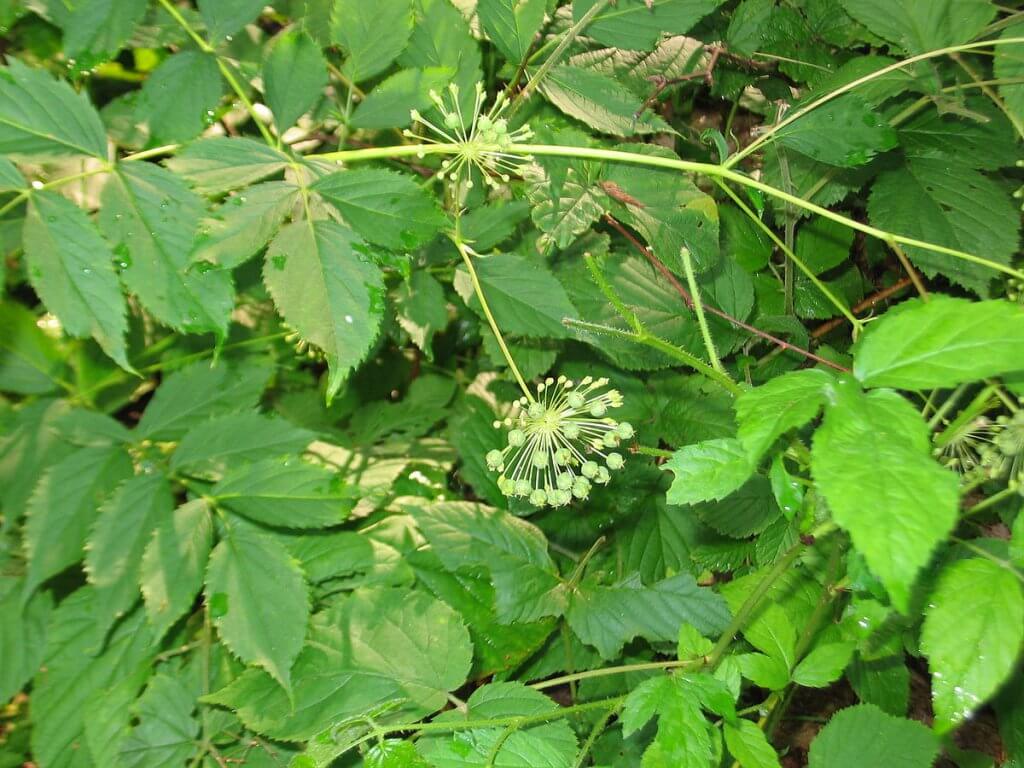
Despite their similar name, wild sarsaparilla (Aralia nudicaulis) is not related to the true sarsaparilla at all. Unlike true sarsaparilla which belongs to the Greenbrier family, wild sarsaparilla belongs to the Ginseng family. Wild sarsaparilla is a perennial flowering plant that comes from northern and eastern North America. This plant can easily be […]
Bearberry, Loved by Bears and Humans Alike
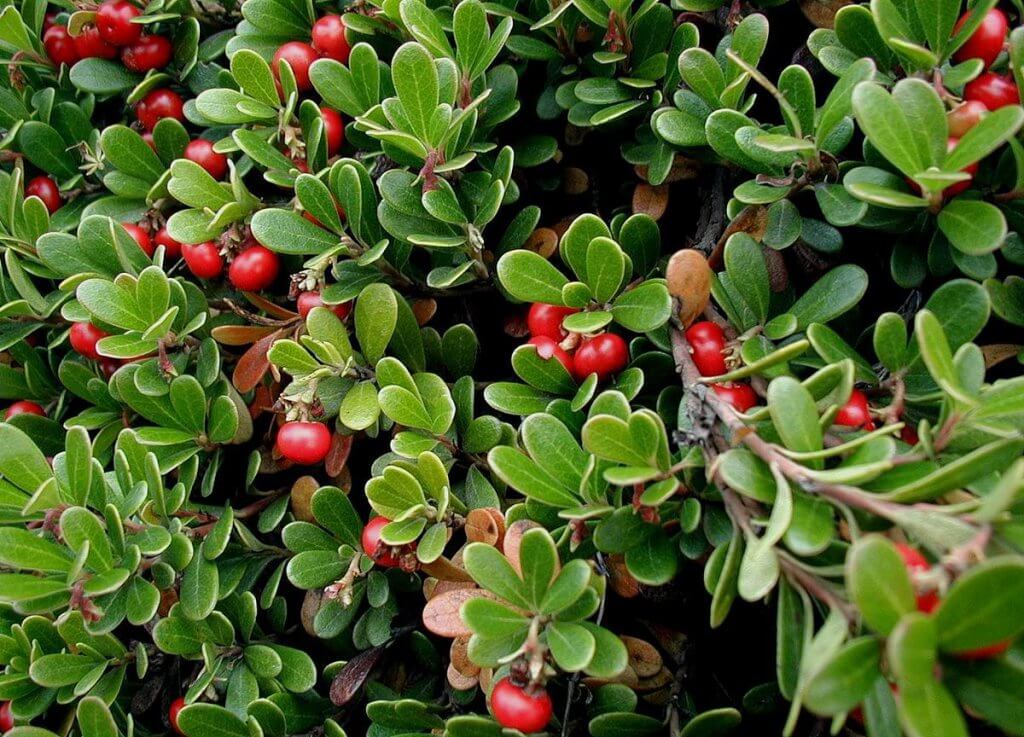
Bearberry (Arctostaphylos uva-ursi) is a dwarf, evergreen shrub that can be found growing in North America, Europe, and northern Asia. This plant can be recognized in the wild from its small, shiny red berries. These bright fruits are a favorite among woodland creatures, especially bears. They are also edible to humans and since ancient times, […]
Serviceberry Muffins

Serviceberry is an interesting plant, it not only looks like blueberries but it also has a similar taste. These are from the rose family and often go by the name of Amelanchier. That is not the only name they are recognized by however, you can also find them labeled as June Berry, Shadblow Berry, Shadbush […]
Pickled Pawpaws
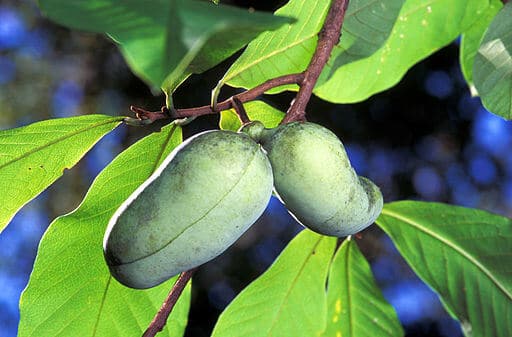
Pickled Pawpaws Pawpaw fruits are fruits from the pawpaw tree (Asimina triloba). The Pawpaw tree is a very unique U.S. native fruit tree. It is very unique because all of its closest relatives are tropical fruit tree species. This tree has evolved to handle cold weather and has brought its tropical flavor with it. Pickled […]
Hawthorn, an Ornamental Tree With Edible Fruit
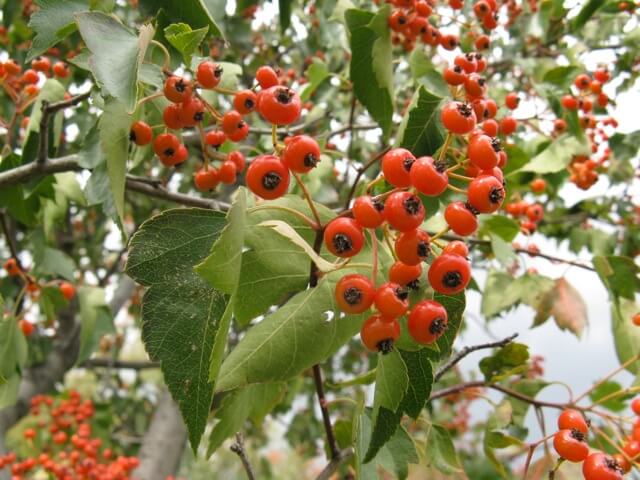
Washington hawthorn tree (Crataegus phaenopyrum) is a common ornamental landscape tree in the Eastern and Central United States. The genus Crataegus is a large genus including many species referred to as hawthorn tree, hawthorn apple thornapple, maytree, whitethorn and hawberry. Although this article focuses on the washington hawthorn tree the information here applies to many other species in the […]
5 Easy to Forage Edible Spring Plants of the Northeast

At Eat The Planet we love to teach people how foraging for wild edibles can be easy, safe, and rewarding. This article was written to get people out there and eating edible wild plants safely. There are 3 things that you need to be able to do first and this article is meant to make […]
Multiflora Rose, An Invasive But Nutritious Wild Edible
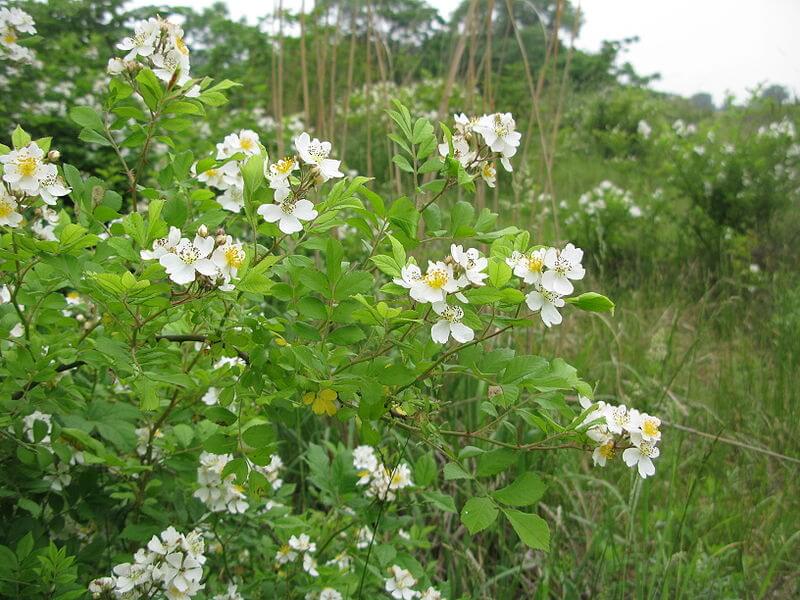
Roses are one of the most popular plants known to mankind. Their history as a cultivated plant goes back at least 5000 years. The Multiflora Rose (Rosa multiflora), also known as Japanese Rose is a native Asian rose that has become invasive in many parts of the United States and Canada. The edibility and medicinal […]
10 Wild Edibles, You Should Know
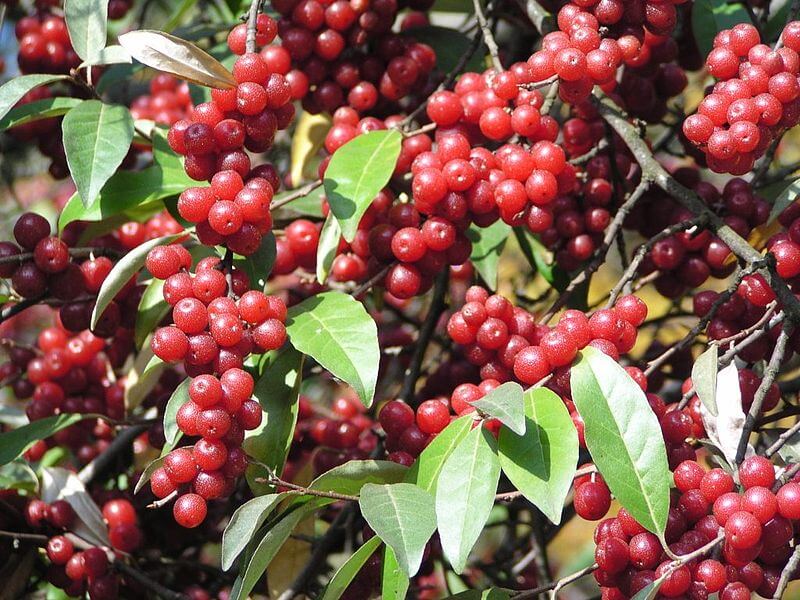
This is a list of wild edibles that are abundant, easy to identify, and significant in one way or another. These are some of the basics that are good to know if you’re stuck in the woods in a survival scenario or simply camping and hiking. There are some basic identification features mentioned here but […]
Eastern Red Cedar Berries, A Touch of Natural Flavor
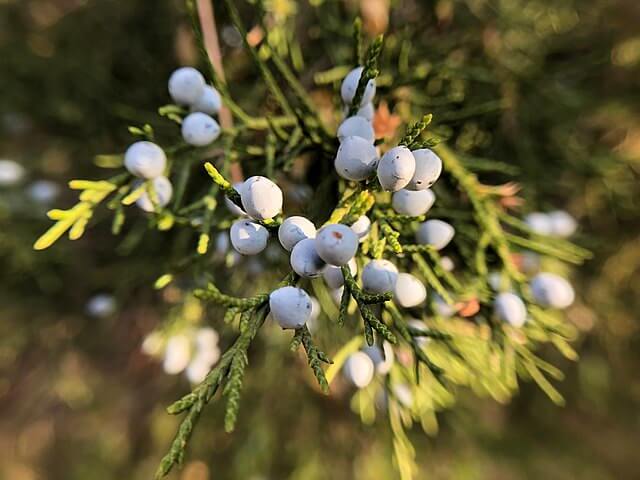
Editor’s note: This article was originally published in December 2013. Updated April 2022. Eastern red cedar (Juniperus virginiana) is a very common native plant in Eastern North America. The common name can be slightly misleading as it’s technically not a true cedar but a juniper. These tall, slim trees with their waxy, light blue-colored berries […]
Black Tupelo, A Native American Fruit Tree
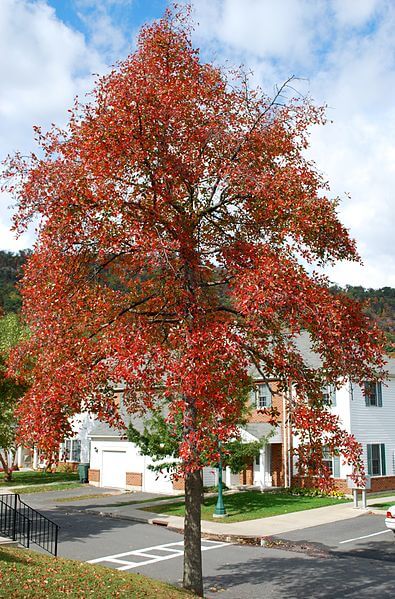
Black Tupelo (Nyssa sylvatica) , also called black gum tree is a North Eastern American native tree producing edible fruit in the fall. There are 2 other species in the genus native to South Eastern US, they are the Ogeechee Lime (Nyssa ogeche) and Water Tupelo (Nyssa aquatica), This article primarily focuses on Nyssa silvatica […]
Japanese Barberry, Invasive Winter Fruit

Japanese Barberry (Berberis thunbergii) is an invasive shrub in eastern United States. It can grow in dense forest shade and is not typically eaten by dear. It is commonly used as a landscape plant and a few varieties have been developed for that purpose. Efforts are under way to prevent the species and all its […]
Autumn Olive, A Common Invasive Edible Fruit

Autumn Olive (Elaeagnus umbellata) is an invasive shrub in central and eastern United States. It was introduced in the 1930s and promoted in the 1950s as a great food for wildlife. It is a great food for wildlife, and people, but it produces so much fruit that birds carry the seeds all over the central […]
Wild Cherry Tree, A Native American Necessity
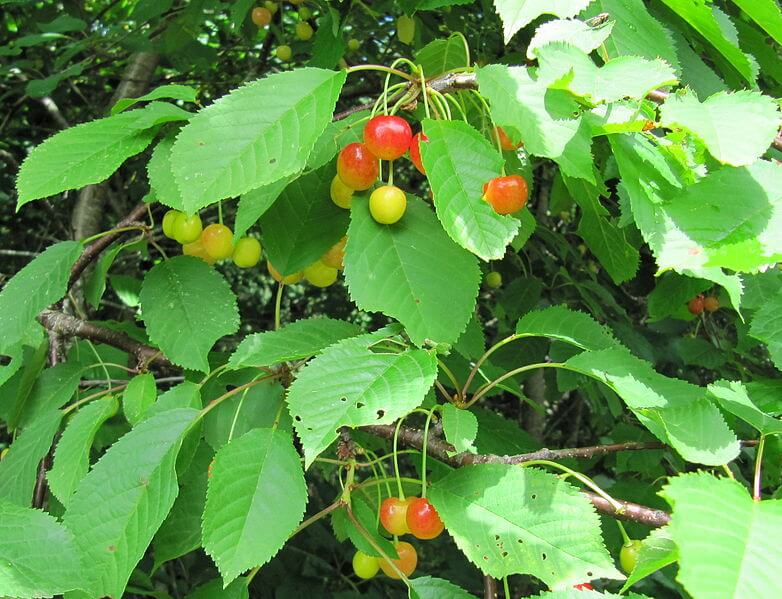
Editor’s note: This article was originally published in September 2013. Updated April 2022. The name ‘wild cherry tree’ refers to a number of species in the genus Prunus. Some of the most common include the black cherry (Prunus serotina) and the chokecherry (Prunus virginiana), both of which are native to North America. There is also […]
Staghorn Sumac, Native American Lemonade
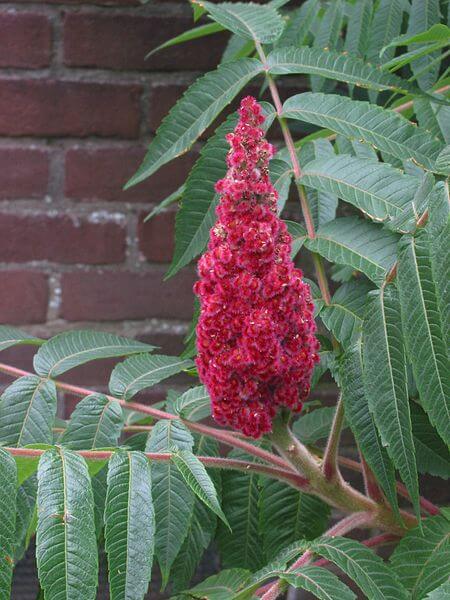
The first thing we think about when we hear the word sumac is the dreaded poison sumac. Just to clarify, the Sumac we are speaking of here is in the Genus: Rhus, the poison sumac is in the Genus Toxidendron, with Poison Ivy and Poison Oak. To make matters more confusing Poison Ivy, Oak and […]
Amelanchier, A Very Tasty Wild Edible Fruit

Why are wild fruits so Tasty? It all comes down to evolution. Plants evolved to make their fruit appealing to humans, because if we eat them then we spread their seeds, and humans evolved to enjoy such a nutritious snack, because it improves our health. The Amelanchier( Genus: Amelanchier ), more commonly known by many […]
Spicebush, A Warm Fall Woodland Spice

Spicebush(Lindera benzoin) is a shrub native to north eastern United States. It is a common woodland shrub that can be identified easily by the fragrance of its crushed leaves. The leaf shape is difficult to distinguish, especially for beginners. This plant produces red berries in summer which is a prized item for wildlife. The species […]
